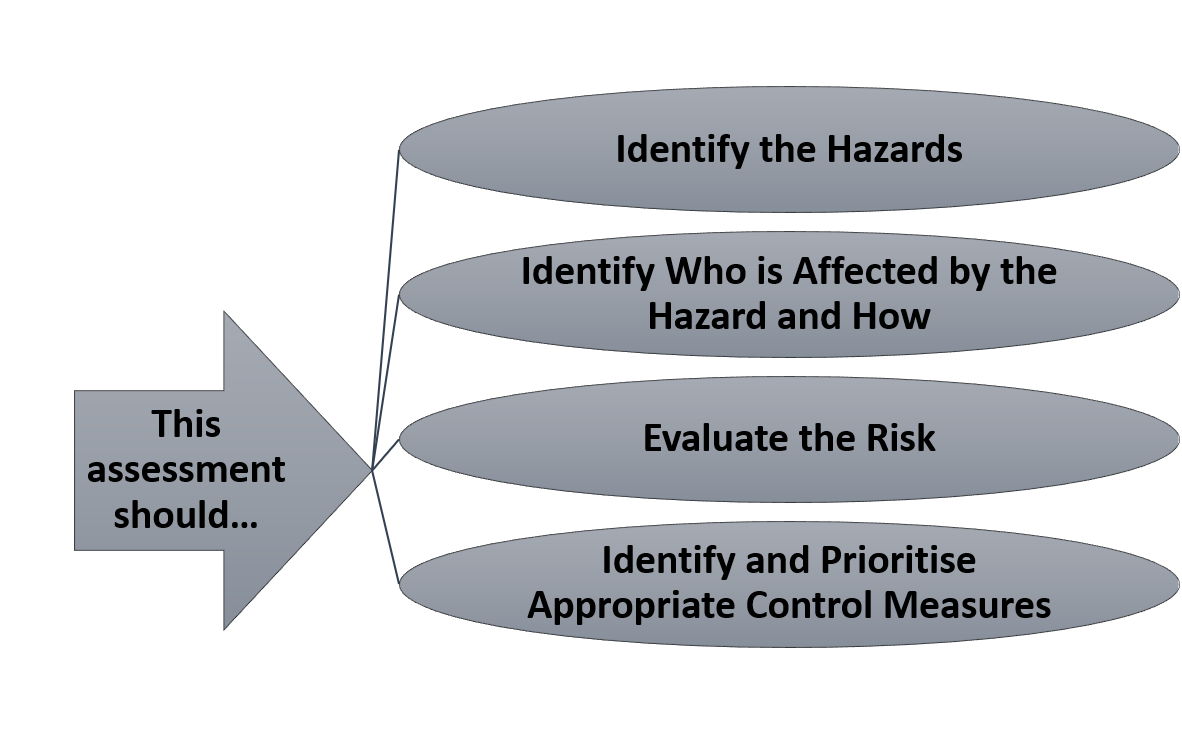Occupational health and safety are a cross-disciplinary area concerned with protecting the safety, health and welfare of people engaged in work or employment. The goal of all occupational health and safety programs is to foster a safe work environment. As a secondary effect, it may also protect co-workers, family members, employers, customers, suppliers, nearby communities, and other members of the public who are impacted by the workplace environment.
The reasons for establishing good occupational health and safety standards are frequently identified as:
Moral - An employee should not have to risk injury or death at work, nor should others associate with the work environment.
Economic - Many governments realise that poor occupational health and safety performance results in cost to the state (e.g. through payments to the incapacitated, costs for medical treatment, and the loss of the "employability" of the worker). Employing organisations also sustain costs in the event of an incident at work (such as legal fees, fines, compensatory damages, investigation time, lost production, lost goodwill from the workforce, from customers and from the wider community).
Legal - Occupational requirements may be reinforced in civil law and/or criminal law; it is accepted that without the extra "encouragement" of potential regulatory action or litigation, many organisations would not act upon their implied moral obligations.
Generally speaking:
- A hazard is something that can cause harm if not controlled.
- The outcome is the harm that results from an uncontrolled hazard.
- A risk is a combination of the probability that a particular outcome will occur, and the severity of the harm involved.
“Hazard”, “risk”, and “outcome” are used in other fields to describe e.g. environmental damage, or damage to equipment. However, in the context of occupational health and safety, “harm” generally describes the direct or indirect degradation, temporary or permanent, of the physical, mental, or social well-being of workers. For example, repetitively carrying out manual handling of heavy objects is a hazard. The outcome could be a musculoskeletal disorder (MSD) or an acute back or joint injury. The risk can be expressed numerically (e.g. a 0.5 or 50/50 chance of the outcome occurring during a year), in relative terms (e.g. "high/medium/low"), or with a multi-dimensional classification scheme (e.g. situation-specific risks).
Hazard analysis or hazard assessment is a process in which individual hazards of the workplace are identified, assessed and controlled/eliminated as close to source (location of the hazard) as reasonable and possible. As technology, resources, social expectation or regulatory requirements change, hazard analysis focuses controls more closely toward the source of the hazard. Thus, hazard control is a dynamic program of prevention. Hazard-based programs also have the advantage of not assigning or implying there are "acceptable risks" in the workplace. A hazard-based program may not be able to eliminate all risks, but neither does it accept "satisfactory" - but still risky - outcomes. And as those who calculate and manage the risk are usually managers while those exposed to the risks are a different group, workers, a hazard-based approach can bypass conflict inherent in a risk-based approach.
Modern occupational safety and health legislation usually demands that a risk assessment be carried out prior to making an intervention. It should be kept in mind that risk management requires risk to be managed to a level which is as low as is reasonably practical.

The calculation of risk is based on the likelihood or probability of the harm being realised and the severity of the consequences. This can be expressed mathematically as a quantitative assessment (by assigning low, medium and high likelihood and severity with integers and multiplying them to obtain a risk factor, or qualitatively as a description of the circumstances by which the harm could arise.
The assessment should be recorded and reviewed periodically and whenever there is a significant change to work practices. The assessment should include practical recommendations to control the risk. Once recommended controls are implemented, the risk should be re-calculated to determine of it has been lowered to an acceptable level. Generally speaking, newly introduced controls should lower risk by one level, i.e. from high to medium or from medium to low.